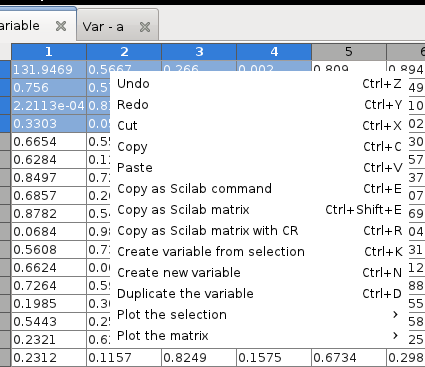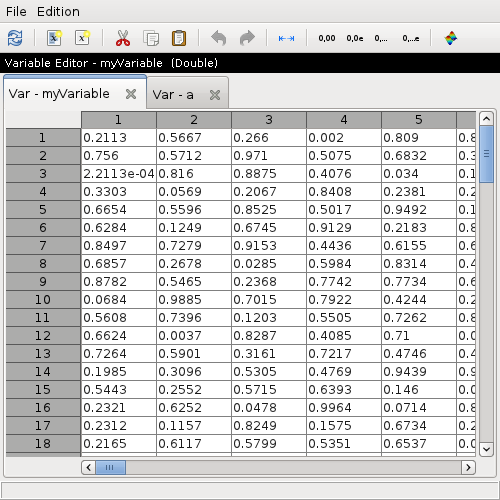
There’s still something not quite right about the plot. In other words, the first cycle is covered by the 100 values from 0 to 99, the second cycle would be covered by the 100 values from 100 to 199, and so forth.) Here is the result: ( Note: I realize that in this case n does not extend to 100, but if it did, we would want the value 100 to be the first sample in the second cycle. Thus, we have reduced the argument range to 2π, and we are still producing 100 samples. You can readily confirm that this will work: if n is zero, the entire argument is zero if n is 100, the argument is (2π × 100/100) = 2π and all the numbers in between are scaled accordingly. The solution is to divide n by the desired number of samples per cycle, which in this case is 100, and also multiply it by 2π: The command y = sin(n) doesn’t produce the desired waveform because the argument given to the sine function is an array that extends from 0 to 99. This means that to generate one cycle of sine values, we need to modify the argument array so that it extends from 0 to 2 π.Thus, one cycle of sine values corresponds to a 2π range of argument values.Rather, the values repeat when the argument changes by 2π: sin(0) = sin(2π) = sin(4π) = sin(6π). The sine function does not generate unique values for every argument.Sine is simply a function that operates on an argument.It looks terrible, I know, and it’s clearly wrong-we wanted one cycle composed of 100 samples. Next, I’ll enter the following two commands: The array n is the digital equivalent of t (i.e., time) in the typical sin(ωt) expression that we use in the analog domain. You can look in the “Variable Browser” to confirm that n is a one-dimensional array with a length of 100. We just created an array that begins at 0 and ends at 99. We’re going to use Scilab to create one cycle of a sine wave that has 100 samples per cycle. Let’s explore this issue through an example.
SCILAB CONSTANT SERIES
This can lead to confusion for two reasons: 1) many different sample rates are used, and 2) sample-rate information is not contained within the series of amplitude values. Instead, we have individual amplitude values that must be interpreted according to the sample rate. In the digital domain, frequency loses its reference to an unchanging unit of time.

Units of time are the same always and everywhere-e.g., 100 Hz (= 100 cycles per second) means the same thing in every engineering project. In the analog domain, frequency specifies the number of cycles with respect to time. For this article, we don’t need to concern ourselves with phase, and amplitude doesn’t really change when you move from analog to digital frequency, on the other hand, requires some attention. This is as true in the digital realm as it is in the analog realm, and consequently it is important to thoroughly understand the nature of a digitized sinusoid.īoth analog and digital sine waves have amplitude, frequency, and phase. In the world of signal processing, sinusoids are everywhere. Another advantage is that the Scilab interface is similar to the MATLAB interface, so if you have experience with MATLAB (maybe from your days as a student or an employee of a large company), Scilab should feel somewhat familiar.

In my experience with Scilab, it is very capable and reasonably user-friendly.
SCILAB CONSTANT FREE
It turns out, though, that there is an alternative to MATLAB that is completely free called Scilab.
SCILAB CONSTANT SOFTWARE
However, developing software of this quality is by no means inexpensive, and I wouldn’t be surprised to learn that the cost of a standard MATLAB license doesn’t fit within the budgetary constraints of numerous entrepreneurs, consultants, startups, and small engineering firms.


I’ve done quite a bit of work with MATLAB over the years, and it is undoubtedly a powerful tool that can simplify and accelerate a wide variety of engineering tasks. This article discusses basic signal-processing tasks that can be performed using a free and open source alternative to MATLAB.


 0 kommentar(er)
0 kommentar(er)
